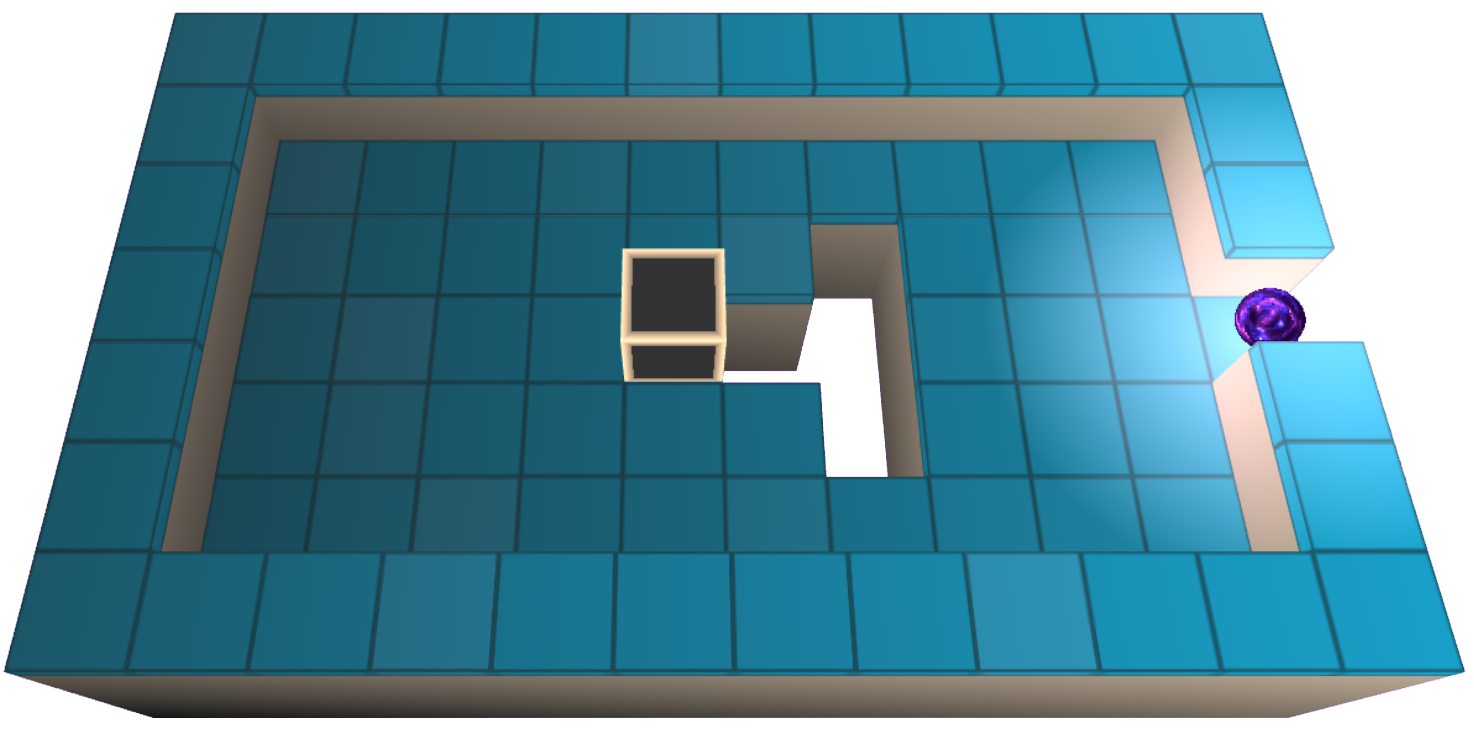Marca <td> em HTML
Nosso tópico neste post é Tag <td> . Analisaremos os exemplos na esperança de que eles forneçam aos alunos o que eles precisam aprender.
Tag td significa elemento de célula de dados da tabela.
A seguinte tabela HTML tem cinco linhas e duas células:
Example:
Um exemplo de tabela com cinco linhas e duas células de tabela, com o conteúdo dentro das células alinhado ao centro com CSS:
Tag td Example:
Aqui está um exemplo para adicionar uma cor de fundo a uma célula de tabela específica:
Example:
Aqui está um exemplo de uma tabela com duas linhas e duas células de tabela, com a altura de todas as células definida como 50 pixels:
Example:
Nenhum exemplo de quebra de linha na célula da tabela:
Example:
Tabela com uma linha e duas células. Os wrappers de palavras não são usados para o conteúdo alinhado à esquerda:
Example:
Defina a largura da célula da tabela através do CSS:
Example:
Criação de cabeçalhos de tabela em tabela HTML:
Example:
Aqui está um exemplo de como criar uma tabela com uma legenda em HTML:
Example:
Aqui está um exemplo de como a tag <td> pode ser usada para criar uma célula de tabela única em HTML:
Example:
Por padrão, o texto nas tags <th> está em negrito e centralizado.
Uso de marca Td
A Tag td <td> indica uma célula de dados regular em uma tabela HTML.
Existem dois tipos de células em uma tabela HTML :
- As células do cabeçalho – contêm as informações do cabeçalho (feitas pela tag <th> )
- A célula de dados – contém dados (feitos com o elemento <td> )
Aqui estão alguns usos comuns da tag <td> :
- A tag <td> é usada para exibir dados em uma célula da tabela. Isso pode incluir texto, números, imagens, links e outros tipos de conteúdo.
- A tag <td> pode ser usada para formatar as células da tabela com CSS, permitindo que os designers personalizem a aparência das células da tabela. Isso pode incluir a alteração do tamanho da fonte, cor, cor de fundo e outras propriedades de estilo.
- A tag <td> pode incluir atributos como rowspan e colspan, que permitem que as células ocupem várias linhas ou colunas na tabela. Isso é útil para exibir dados que precisam ser agrupados ou organizados de uma maneira específica.
- A tag <td> pode ser usada para adicionar links e botões às células da tabela. Isso é útil para criar tabelas interativas que permitem aos usuários navegar para diferentes páginas ou executar ações.
- A tag <td> pode ser usada para criar tabelas responsivas que se ajustam a diferentes tamanhos de tela. Ao definir a largura das células da tabela com CSS, os designers podem garantir que as tabelas sejam fáceis de ler e navegar em diferentes dispositivos.
Atributos
Global
A Tag <td> também é compatível com os Atributos Globais em HTML.
Evento
O Tag td também é compatível com os Atributos de Evento em HTML.
Lista de Atributos
| Atributo | Valor | Visão geral |
|---|---|---|
| colspan | número | Determina quantas colunas uma célula deve ter |
| cabeçalhos | header_id | Indica a quais células de cabeçalho uma célula pertence |
| Expansão de linha | número | Determinar quantas linhas devem ser exibidas em uma célula |
Compatibilidade do navegador
| Elemento |  |
 |
 |
 |
 |
|---|---|---|---|---|---|
| <td> | Sim | Sim | Sim | Sim | Sim |
CSS predefinido
Em muitos navegadores, o elemento <td> aparecerá com os seguintes valores padrão:
td {
display: table-cell;
vertical-align: inherit;
}
Vantagens do Tag Td
A tag <td> em HTML oferece várias vantagens para exibir e organizar dados em uma tabela:
- A tag <td> é fácil de usar e entender, mesmo para desenvolvedores web iniciantes. É um elemento HTML padrão amplamente suportado por todos os navegadores e plataformas modernos.
- A tag <td> pode ser personalizada com CSS para controlar a aparência das células da tabela. Isso permite que os designers criem tabelas que correspondam à aparência de seu site ou aplicativo.
- A tag <td> pode ser usada para exibir uma ampla variedade de tipos de dados, incluindo texto, números, imagens e links. Também pode ser usado para abranger várias linhas ou colunas na tabela.
- A tag <td> pode ser usada para adicionar links e botões às células da tabela, tornando a tabela interativa e permitindo que os usuários naveguem para diferentes páginas ou executem ações.
- Ao usar a tag <td> para estruturar dados em uma tabela, os designers podem melhorar a acessibilidade de seu site ou aplicativo. Tabelas bem estruturadas com tags <td> são mais fáceis de navegar e entender para usuários com deficiências.
- A tag <td> é uma maneira eficiente de exibir e organizar dados em uma tabela. Requer menos código do que outros métodos, como o uso de vários elementos div, o que pode fazer a página carregar mais rápido e melhorar o desempenho.
